- | 8:00 am
An ex-Apple engineer just designed a better ski pole
Clever design details solve the big problems with skiing’s least appreciated gear.
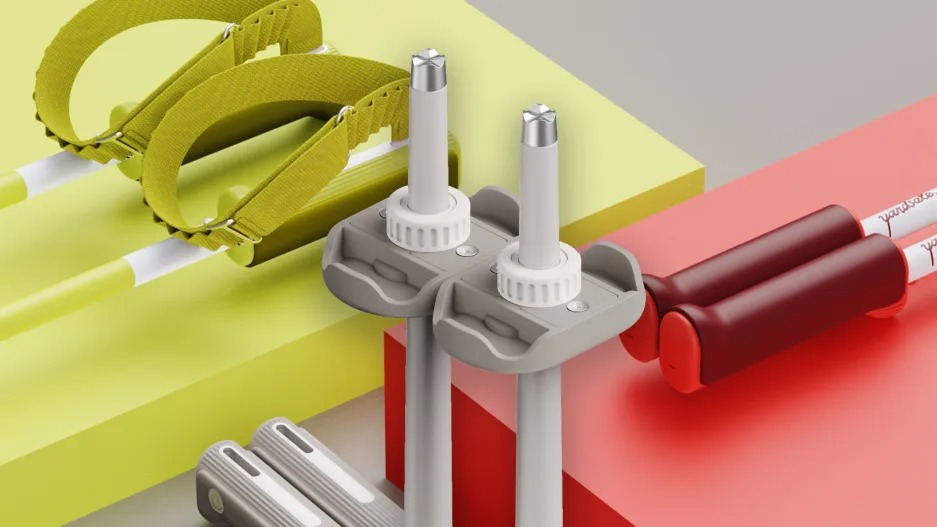
For most skiers, there is a hierarchy of importance in the gear the sport requires. The skis and boots sit at the top of that hierarchy, followed by apparel including snow pants and jackets and gloves. Then there’s goggles, helmets, skin protection, hand warmers, snacks, and on and on. Near the bottom of that hierarchy is the humble ski pole. Though often essential to skiing, it’s perhaps the least-appreciated piece of skiing equipment.
A new ski pole brand is hoping to change that. Yardsale, which launched this year, has created a colorful and magnetized ski pole that seeks to appeal to skiers in the same way a comfy set of boots or a windproof jacket might.

“The underlying challenge that we had from a design standpoint was how do we get people to care about ski poles. Because today they don’t,” says Yardsale cofounder and product designer Kelly McGee.
To do that, McGee and cofounder Cristina Ashbaugh focused on designing ski poles that addressed the gear’s two biggest problems: how they jangle around and cross over when they’re being carried, and how difficult it can be to get gloves through their straps. Ashbaugh, a marketing specialist and lifelong skier, envisioned poles that could easily snap together and that had straps that kept their shape in an open loop.
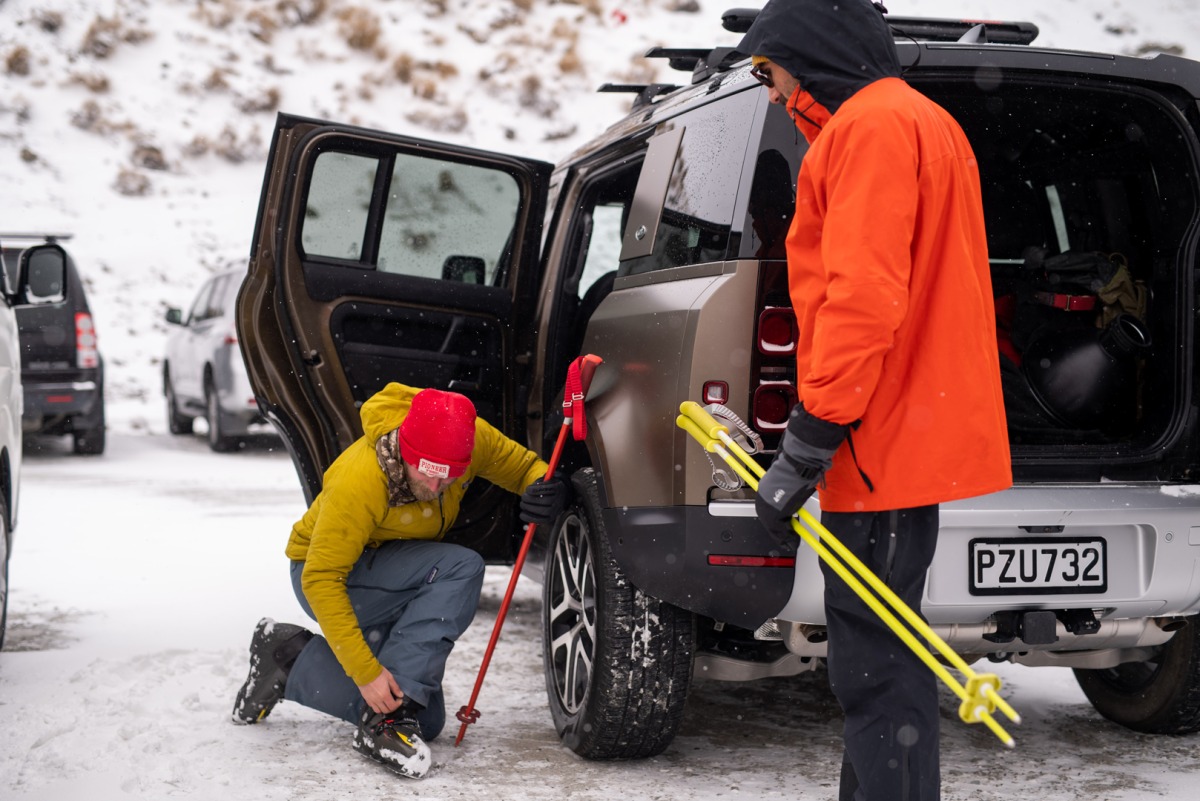
“When I brought those ideas to Kelly I was like, that’s easy, right? Let’s just do that,” says Ashbaugh. “And we found out, obviously, that’s not that easy.”
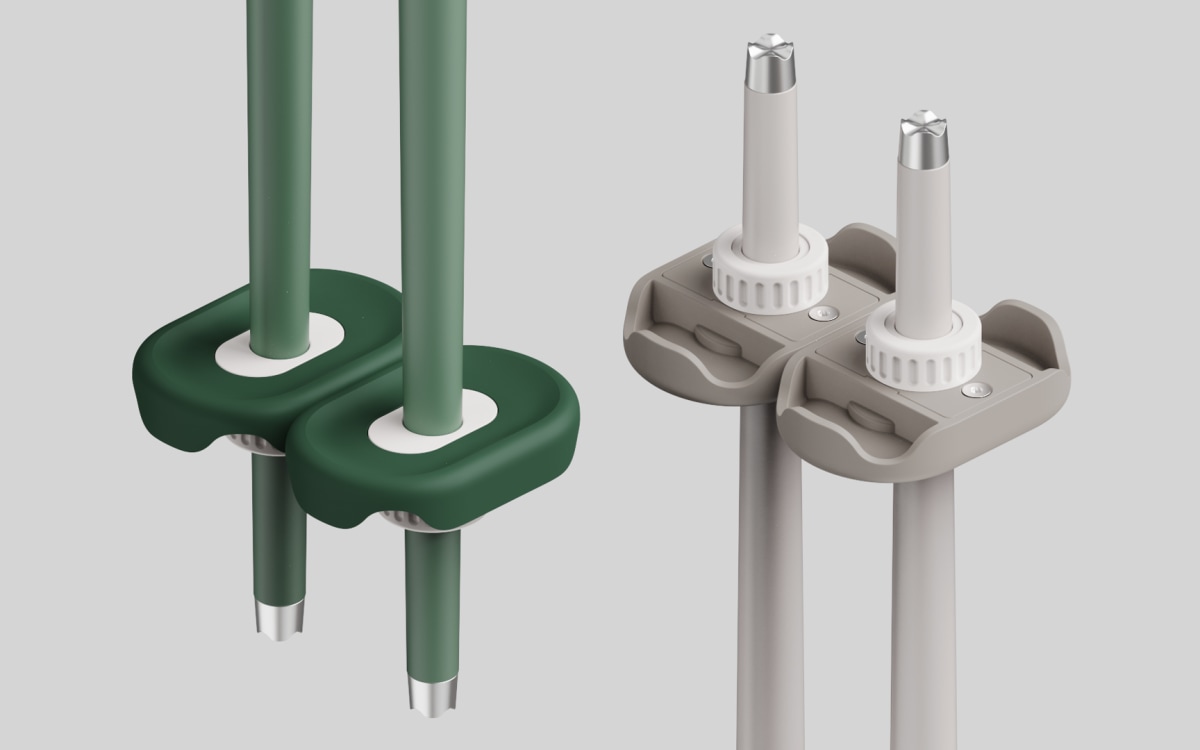
The two spent six months trying to figure out how to achieve these seemingly simple goals. To address the pole-crossover issue, they immediately thought of magnets, but cramming strong-enough magnets into the thin profile of a ski pole was a manufacturing conundrum. And for the straps, existing hook-and-loop materials like Velcro were tough to keep in an open shape.
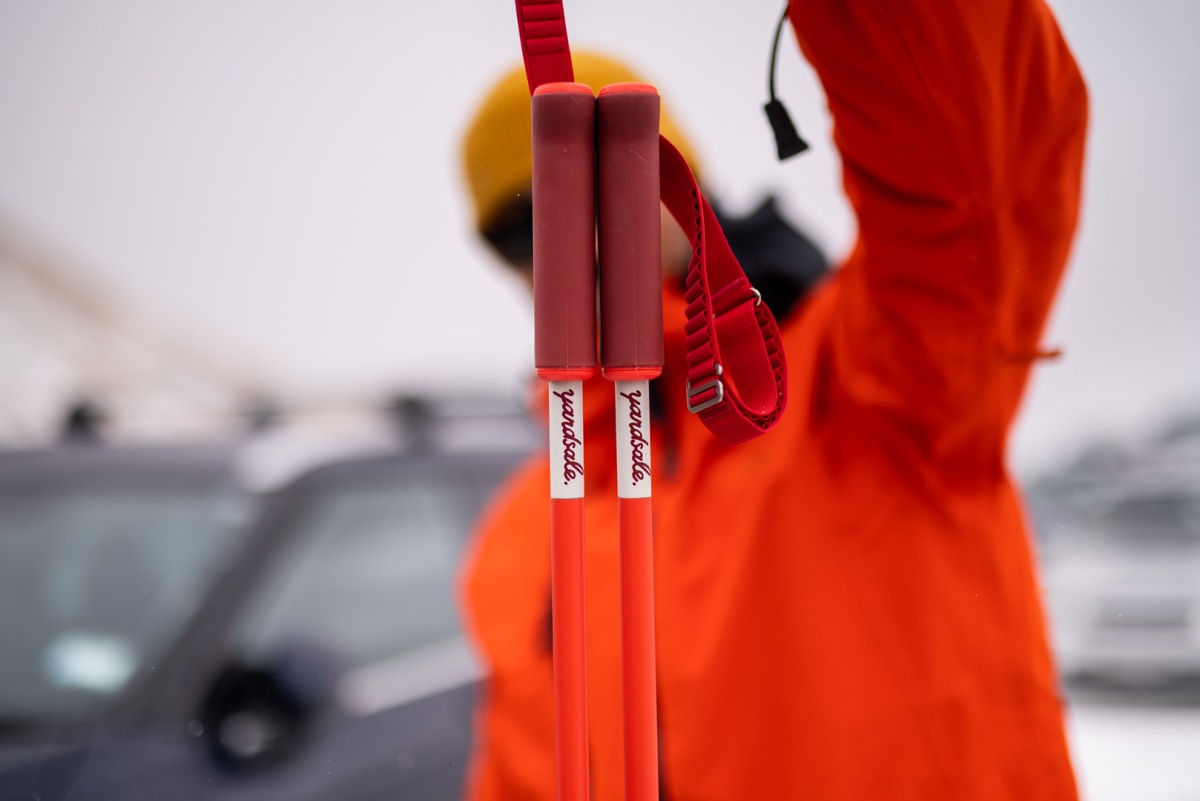
Drawing on his previous experience as a product design engineer at Apple, working on products like the iPad, McGee started searching out alternative manufacturing techniques and new materials. Yardsale landed on a design built around high-frequency welding and metal-injection molding that embeds 16 magnets into the handles of the ski poles, making them easy to snap together for manageable movement. “The inside is a ship-in-a-bottle scenario,” McGee says.
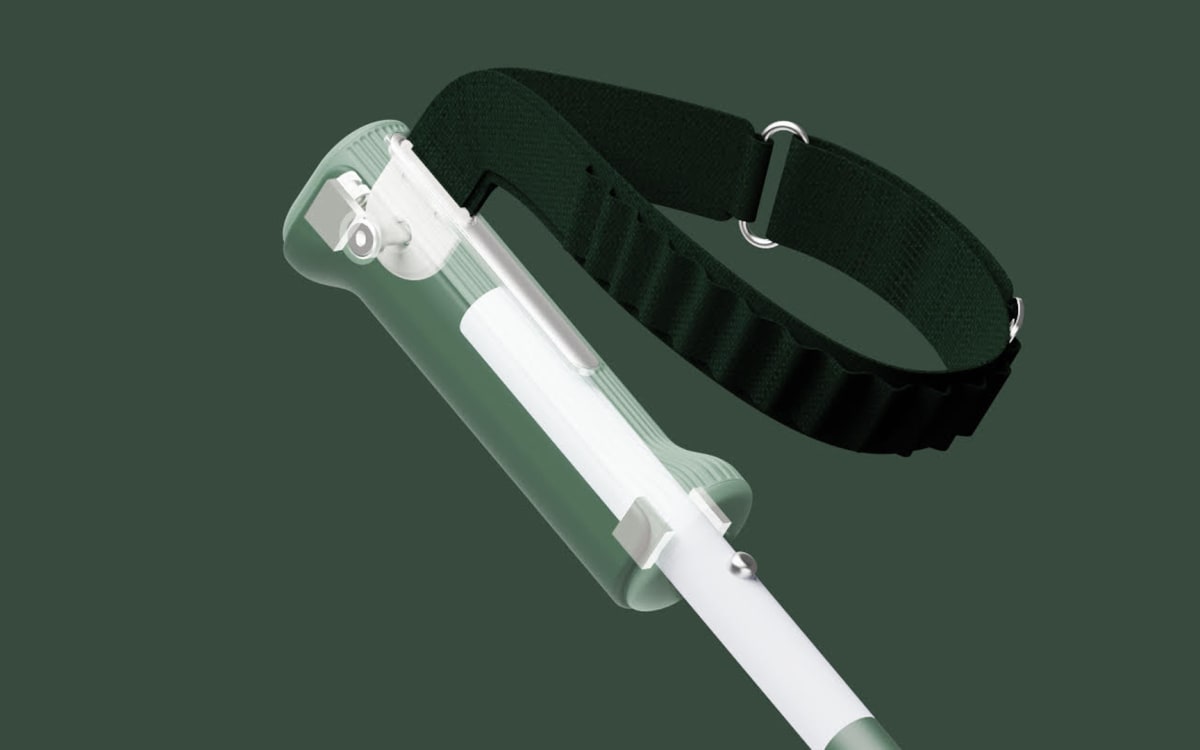
Using 3D knitting and a stiffer yarn than other poles on the market, the straps retain an open loop shape that allows even the thickest ski gloves to slip in and out without getting caught. A modular design even allows the ski pole set to be color customized. At a $139 price point, Yardsale’s poles are competitive with others on the market.
That’s somewhat surprising given the comparative simplicity of existing brands’ ski poles, which are mostly aluminum with rubberized handles and hook-and-loop straps. It’s also surprising because Yardsale’s poles are produced in the same Chinese factory that makes most of the other ski poles on the market.
“We’ve had to push them to uphold a higher manufacturing standard,” Ashbaugh says.
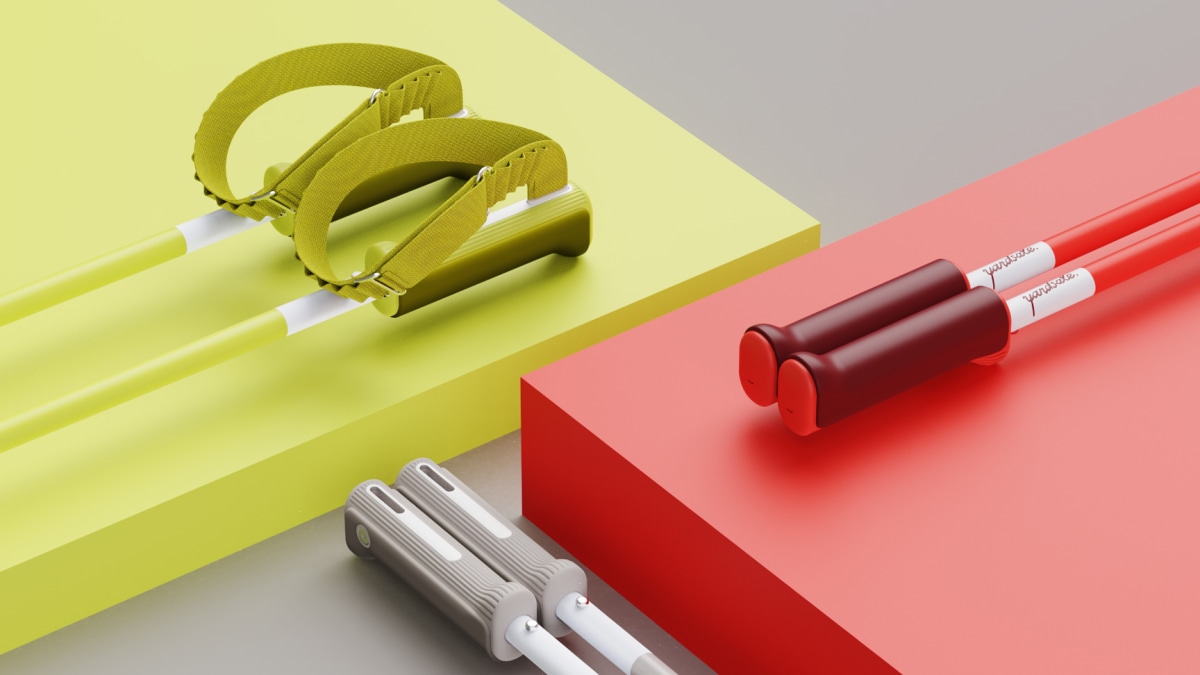
Yardsale, which completed its first production batch in November, wants to stay distinct from the other (afterthought) ski poles on the market, and has applied for a patent on its design and the unique production process behind it.
But ski poles may be only the start. Ashbaugh says the company may branch out into apparel or other gear. Overall, it aims to be a playful counterpoint to most of the rest of the ski equipment brands out there. “When you look at their skiing content, it’s just white snow fields and people jumping off cliffs. I’m a pretty good skier and so is Kelly, but that doesn’t speak to me,” Ashbaugh says. “I don’t want to do that. I want to have fun with my friends.”







































